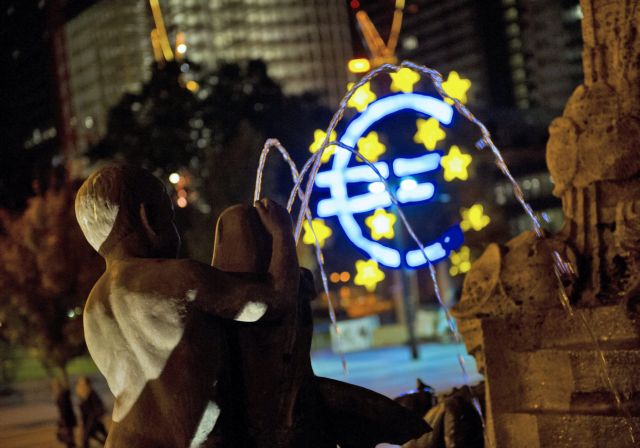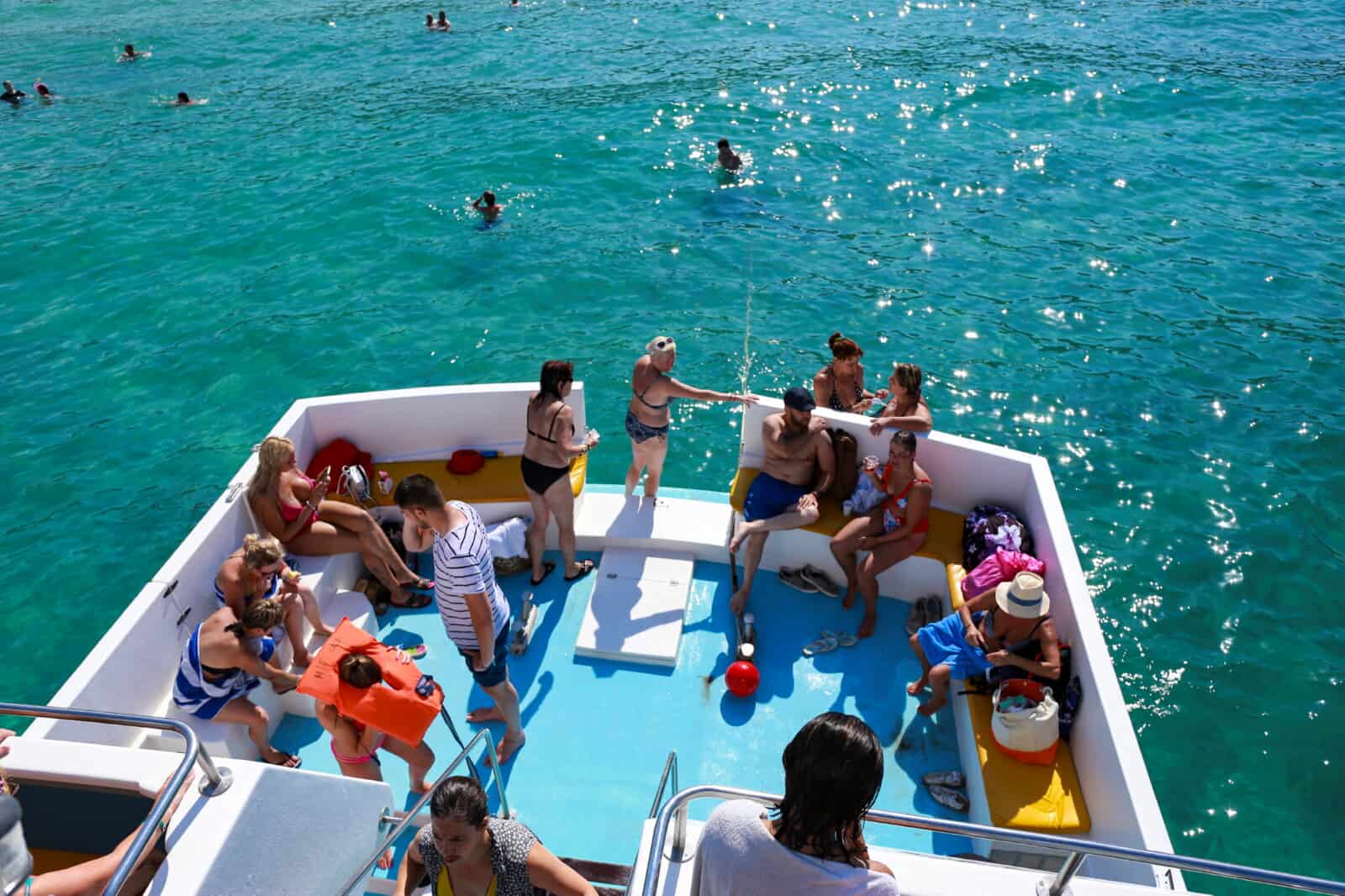
The latest forecasts of the European Commission for the course of the individual economies of the Eurozone are commented by HSBC in today's analysis, which leave a note of optimism for the growth, but at the same time give the impression of a “gloomy fiscal picture”.
As the British bank points out, the return of EU fiscal rules means that some countries – notably France and Italy – could face difficult consolidation challenges from next year.
Gloomy fiscal picture
While the growth forecast was little changed, the Commission now expects a higher deficit for the eurozone as a whole, and particularly in some countries, including big ones like France and Italy.
The EU-US gap is widening
In the first case, this is due to the big miss on last year's deficit target and the government's decision not to pass a supplementary budget this year.
For the second, it is due to the cost of housing tax credit and the government delaying any decisions on austerity measures for 2025 until the autumn. Coupled with rising borrowing costs, this means debt-to-GDP ratios are also likely to continue rising in these countries – and for the eurozone.
 Source: 24h.com.cy
Source: 24h.com.cy




